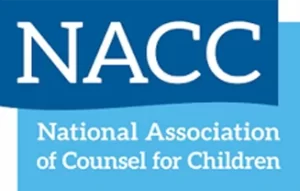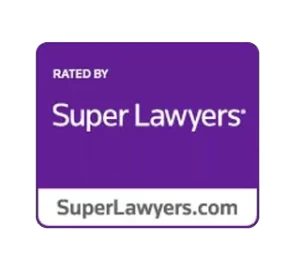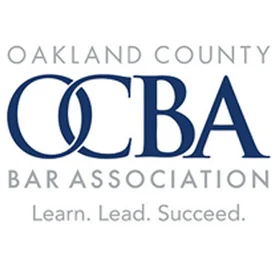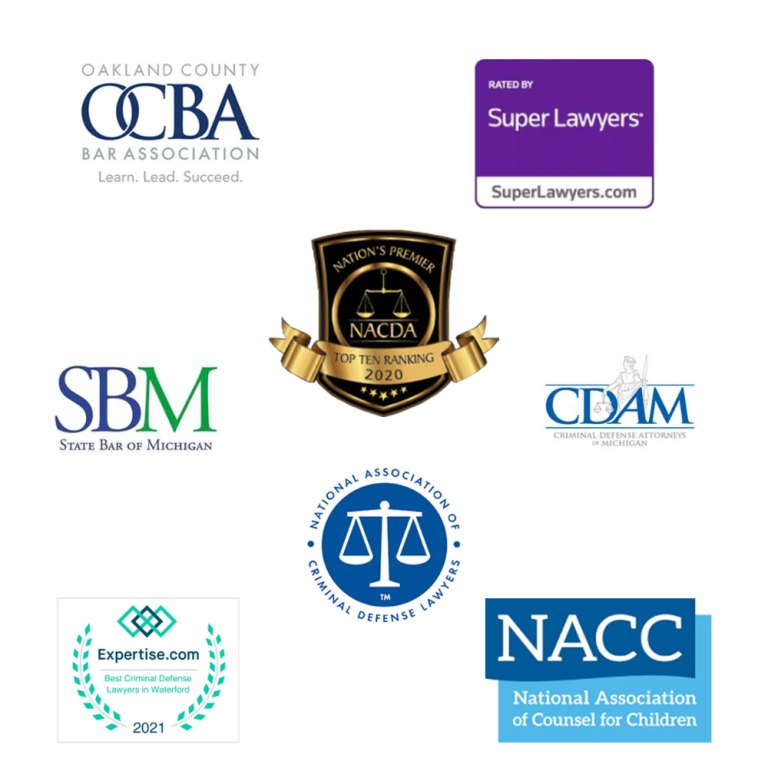







Discover the ultimate guide to organizing evaluations, IEPs, progress notes, and more. Empower yourself to advocate effectively with our IEP Toolkit.
PLAN: Planning prevents problems. Learn, understand, and gather information about your child and your child’s disability; Ascertain how your child learns and how your child needs to be taught. What is your vision for your child? What is his or her mission? What fuels your passion to create a blueprint for your child to succeed? Identify your child’s strengths and weaknesses as a learner in a school and as a child in your home, at extra-curricular activities, with peers, etc. Review your log, calendar, and journal. Gather all past IEP’s, Correspondence, Evaluations, Progress Notes and Reports. Create a binder or file system with dividers to bring to the meeting.
PREPARE: Identify concerns based on data regarding progress or lack thereof; Based on the concerns, identify who you believe should be at the IEP meeting to best address them and immediate make the request to the IEP team organizer or Special Ed Director. Investigate and observe any possible placements. Observe your child in different settings. Review and revise goals- academic and non-academic. Think about what strategies can ease your concerns and help your child achieve the set goals. Obtain a copy of the school’s IEP form—familiarize with the meeting topics, list your questions or concerns in the appropriate section. Talk to your child about what is working and not working. Identify from your child’s perspective accomplishments, challenges, and frustrations. Ask your child his/her goals and progress steps. Develop and ideal IEP that is a small chunk of the overall parent/ student plan. Outline the plan and ideal IEP components and send to team in advance. Organize all documents in the Toolkit.
ADVOCATE: Know your child’s rights. The Individuals with Disabilities Act (IDEA) requires the school district to provide you with information about special education laws, regulations, and policies. Educate yourself about your local district and each building, program and modification that is provided. Know the teacher-student ratios of each program or placement. A child with a disability is entitled to an “appropriate” education, not the “best” education, nor an education that “maximizes” the child’s potential. Best is a four-letter word to an IEP team and should not be used by parents or educators. Identify and be prepared to discuss, problems, concerns, test results and develop strategies to resolve or questions to ask the team. Keep the end in mind with a “win-win” solution. Do not give up on things your child is entitled to and are important to you. Understand why it is important, so you are prepared to take the stand your child deserves. Let your passion be your friendly fire.
Individualized Education is the goal. Every child’s disability, diagnosis or special need is as unique as the child. One size does not fit all. You know your child better than anyone. You, the parent, or caregiver, are ideally placed on the team as your child’s first educator. Do not be intimidated or deferential because “they” are the educators. You always have the final say in your child’s educational needs.
INTRODUCE: Yourself with your name and some brief background info that includes number of kids in family ages and schools, job, education, years in District etc. Politely request everyone in attendance to identify his/her name and role.
FOLLOW YOUR PLAN: You put a lot of time, energy, passion and thought into creating it. The IEP is only one piece of the plan for your child’s future. Follow your plan beginning with your child’s strengths, discuss concerns then go to the IEP document that you filled out and share those thoughts at the appropriate time. If you are discussing a lack of progress concern, make sure you have the documents or data relied upon handy to support your position. This is where the binder or folder method of organization is crucial.
TAKE A BREATH: Stay calm. The meeting is the first stop in the process of finding the appropriate tools for your child’s success. At the end of the meeting, if you do not achieve your goals and your concerns have not been addressed, you are an educated parents who knows your child’s rights and you can disagree with the IEP in part or in its entirety. All your writings and requests are the evidence. Not everyone will agree on the first draft. Take it home. Read it several times. Compare it with your plan and strategies. Respond to the team with objections and explain your proposed changes. Try to use factual data as support from evaluations, past IEP’s, observations etc. Do not agree just to agree. Believe in your heart that the recommendations are in your child’s best interest and that your student will receive a free and appropriate public education in the least restrictive environment.
TAKE NOTES: If it is not in writing it did not happen is the mantra of education law. It is impossible to enforce a promise made by a District or a Team that is not in writing either in the IEP or a confirming memorialization. Use your log and journal.
TAKE A TIME OUT: If you hit an impasse in the meeting, you can always reschedule or take a break. Do not resist reorganizing your materials and your thoughts because you feel time-pressured by the educator’s schedules. You have a well-thought out plan based on your experience with your child. Request another meeting or to reconvene, so you have time to reflect and re-evaluate and compose questions or gain more information to understand the differing positions of the members of the team. Also, remember, the whole team is not against you and different members may have differing views on each topic. You are an equal member of the team with the same amount or more weight in the decision-making. You are united in the goal of providing your child with access to the curriculum in the most appropriate way.
Kirsch Daskas Law Group, PLLC is uniquely qualified to protect what matters most: liberty, family, and children. We believe each student should receive an education individually tailored to his or her uniqueness. We advocate, organize and plan with you using a different approach for different learners. Call our office at (248)792-3060 for more information and let us share our passion helping you.









